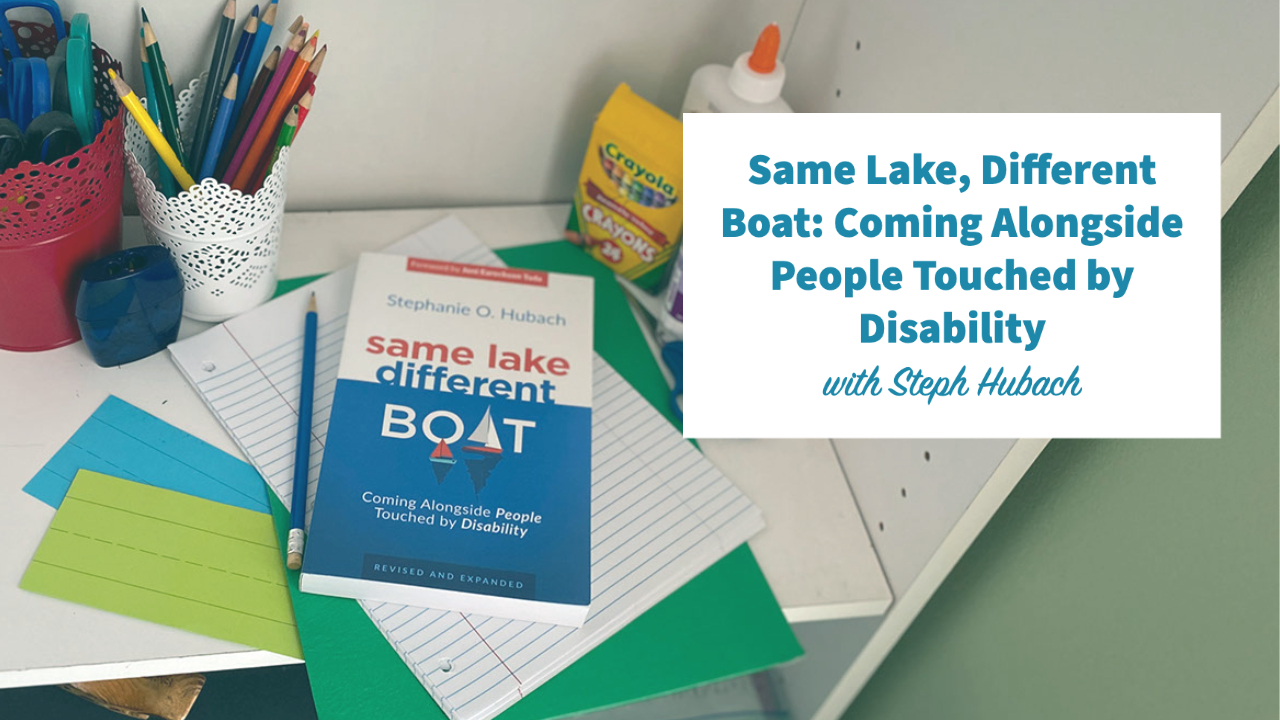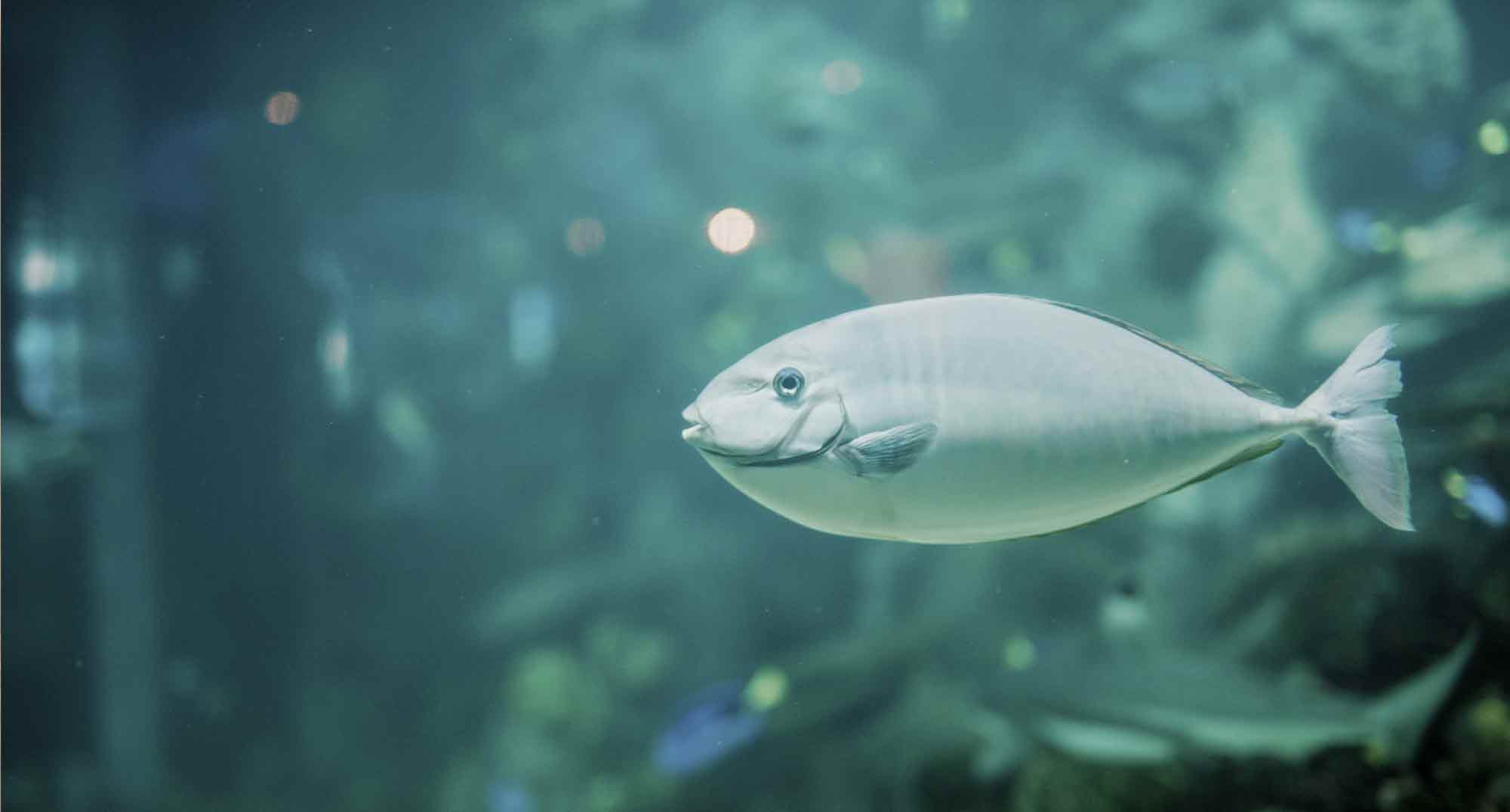Not me! Not I…but Christ
One of the perks of studying abroad with a college theater group was free or cheap tickets to theatrical productions playing wherever we were. Actors like to play to full houses, so if there are spare tickets, they are happy to find worthy recipients. On one such occasion while I was studying in Italy, the British National Theatre was touring with their production of The Passion Play, and we somehow gleaned tickets for a performance in Rome. Because we had the “cheap seats” (the groundlings), we got to be very close to the action, sometimes part of the action, as we stood on the floor (for six hours with one dinner break). The first act told stories from the Old Testament, and the second act, the story of Christ from the gospels. Of course, during the Palm Sunday scene, everyone was excitedly cheering. Then during the Good Friday scenes, most of the audience was excitedly jeering. Except me. As one who seemed to be the “token Christian” in my group, I was not about to cry out, “Crucify Him!” I loved Jesus and wanted no part in demanding His crucifixion. And that’s what I shared when a couple of the others asked why I had been quiet. I thought of myself like one of the women who had followed Him and watched the crucifixion, devastated by His murder. I had even portrayed Mary Magdalene several times in an Easter monologue―but I had not considered why she followed Him even to death. (See Mark 16:9.) That kind of gratitude was not part of my response at the play, nor even part of my testimony....





